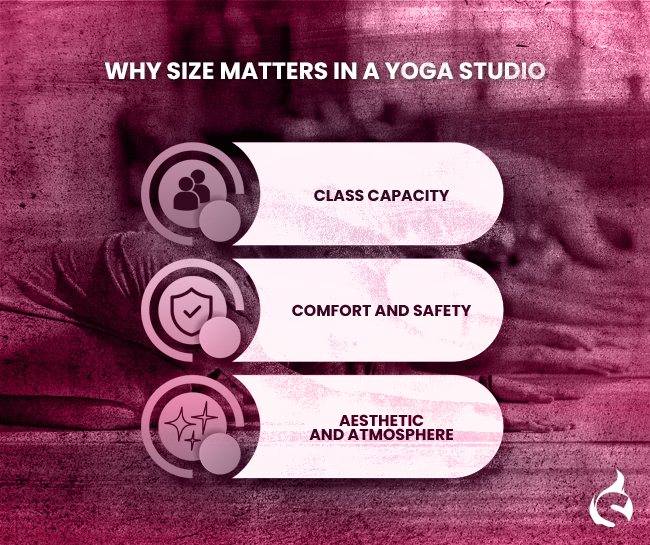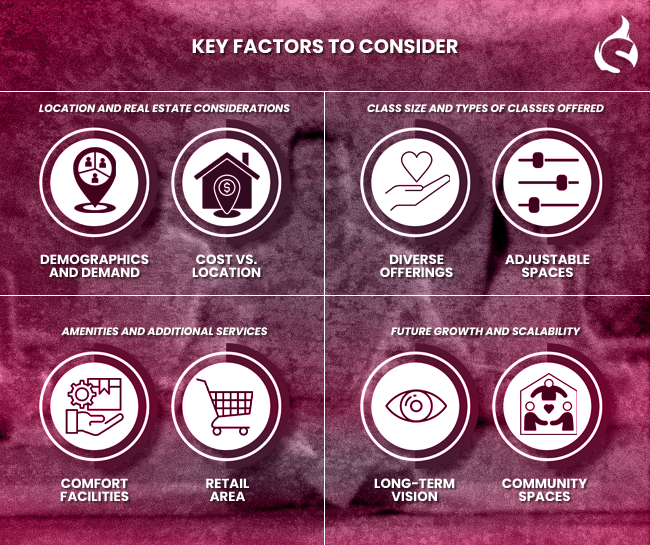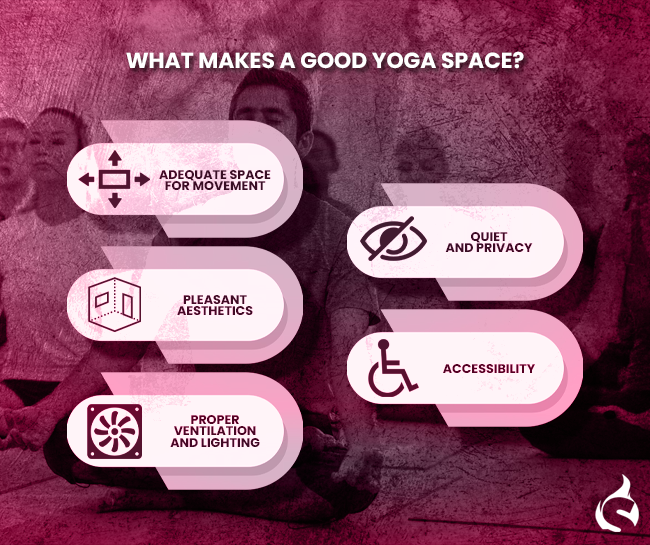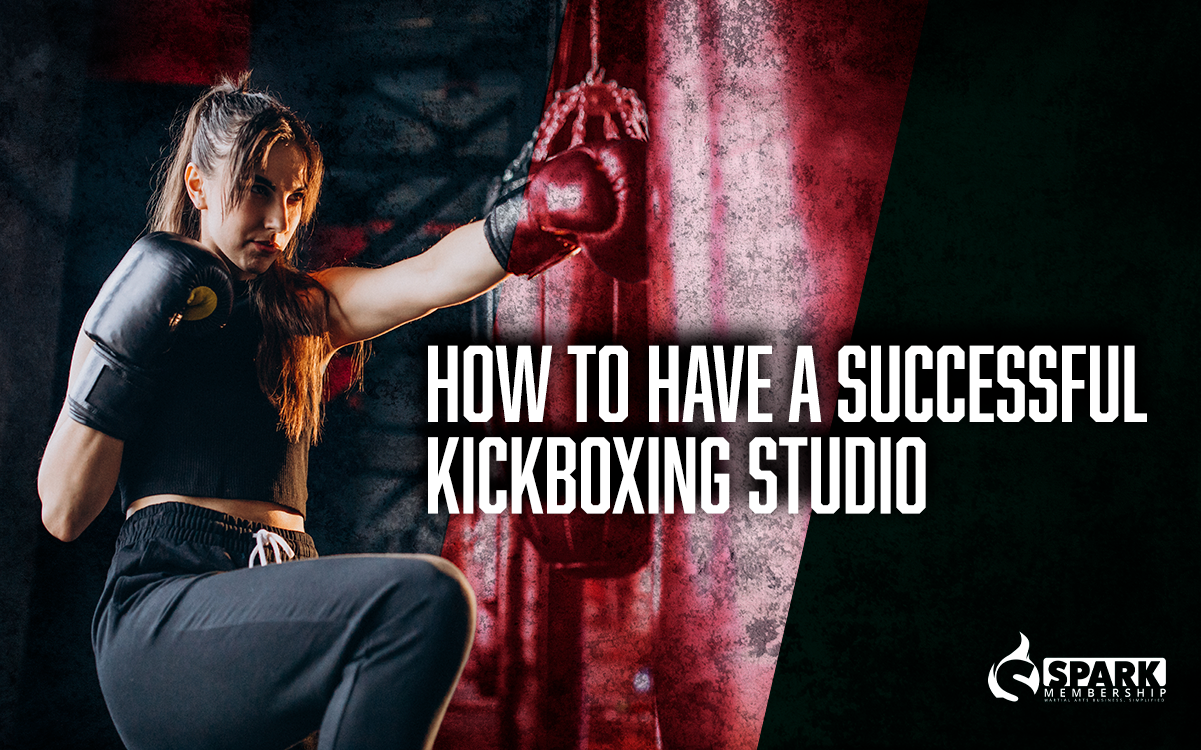
Running a kickboxing studio isn’t just about throwing punches and kicks; it’s a real test of grit and business savvy. Every day, you’re juggling classes, managing gear, and keeping members pumped. In this guide, we’re breaking down the essentials of turning your studio into a knockout success. Let’s get ready to rumble!
Have The Best And Right Gear

In a kickboxing studio, the right gear is key. It’s not just about having gloves and bags; it’s about safety, quality training, and showing your commitment to the sport. Good gear makes your studio a place where everyone, from beginners to pros, can train effectively and safely. It’s what sets your studio apart and keeps your clients coming back.
💡 Having the best and right gear is vital for a successful kickboxing studio, ensuring safety, professionalism, improved performance, durability, and overall client satisfaction.
Making Space Work for You

Designing your kickboxing studio is about more than aesthetics; it’s about creating a functional, inviting space that enhances training and fosters a strong community. Thoughtful planning of your studio’s layout and design plays a crucial role in how clients interact with the space and with each other.
A well-designed studio maximizes workout effectiveness, ensures safety, and sets the tone for an energetic and motivating atmosphere. It’s about making every square foot count for an optimal kickboxing experience.
Choosing the Right Instructors

Selecting the right instructors is crucial for your kickboxing studio. They’re not just trainers; they embody your studio’s ethos and are key to client satisfaction. Look for passion, expertise, and the ability to connect with members. Great instructors inspire, motivate, and retain clients, making them the backbone of your studio’s success.
💡 Beyond expertise, seek those who resonate with your studio’s spirit; their energy becomes the magnetic force driving client loyalty and studio triumph.
Developing a Diverse Class Schedule
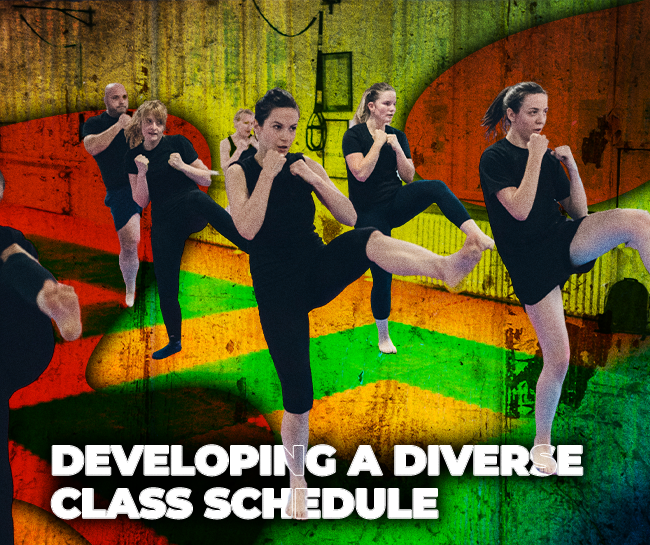
A varied class schedule is essential in meeting the diverse needs and goals of your clients, ensuring your studio appeals to a wide audience.
Class Types

Offer a variety of classes to cater to different skill levels and interests. From beginner sessions to advanced techniques, ensure that your schedule has something for everyone.
Scheduling Strategies
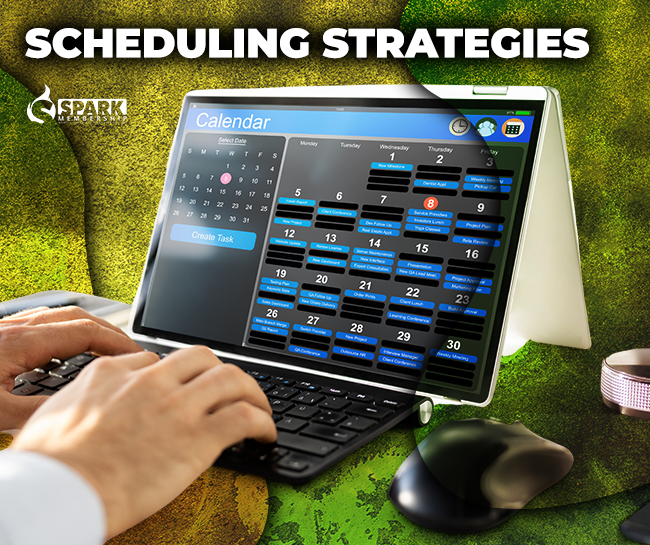
Create a class schedule that accommodates the diverse needs of your clients. Consider peak hours, work schedules, and weekends to maximize attendance and satisfaction.
Marketing Your Studio Effectively

Utilize digital platforms to reach a wider audience. A strong online presence through a well-designed website, social media marketing, and email campaigns can significantly boost your studio’s visibility.
Engage with your local community through events, sponsorships, and collaborations. This not only increases your studio’s exposure but also builds a loyal client base.
Building a Strong Kickboxing Community

Foster a sense of community among your clients. Encourage interactions through social events, challenges, and member boards. A strong community can be your best marketing tool.
Organize events and workshops that add value to your clients’ experience. Guest speakers, health and nutrition workshops, and special classes can keep your members engaged and motivated.
Client Retention Strategies

Implement loyalty programs to reward regular clients. This could include discounts, referral bonuses, or exclusive access to special events and classes.
Establish a system for receiving and acting on client feedback. Regular surveys and suggestion boxes can provide valuable insights into your clients’ needs and preferences.
Expanding Your Business

Consider franchising your studio if you’re looking to expand. This can be a lucrative way to grow your brand while leveraging the success of your existing business model.
Explore additional services that complement your kickboxing classes. Nutrition counseling, yoga sessions, or massage therapy can add value to your clients’ experience and increase your revenue streams.
Running a successful kickboxing studio is much like a match in the ring – it takes strategy, endurance, and a bit of flair. Keep your focus on what makes your studio unique, whether it’s your killer classes, top-notch trainers, or the tight-knit community vibe. Stay sharp with your business moves, from savvy marketing to smart budgeting. And most importantly, keep the passion for kickboxing at the heart of everything you do. Here’s to your journey in creating a studio that packs a punch and stands out in the crowd!
Upgrade Your Kickboxing Studio with Spark Membership Software! Designed by fitness insiders for simplicity and power—no tech skills needed. Boost profitability and efficiency effortlessly. Try Spark today and elevate your studio management!

